 John Corcoran thought that he would never learn how to read; that something was wrong with him. He was 48 years old before he discovered that something is wrong with the system – the school system.
John Corcoran thought that he would never learn how to read; that something was wrong with him. He was 48 years old before he discovered that something is wrong with the system – the school system.
John Corcoran spoke at the Florida Literacy Coalition conference on May 4th. This coalition is made up of volunteers and professionals who teach adults how to read. One in six adults cannot read above a 4th grade level; a high percentage of those cannot read above a 2nd grade level.
At age 48 he sought help from a volunteer reading coach at a library. She got him tested and it turned out that he just did not know how the written language worked. “A teacher broke the code for me,” he said. And in 13 months he went from a 2nd grade reading level to a 6th grade level. He was then functionally literate. However, it took seven years for him to feel like he could really read anything he wanted to read.
John Corcoran says that his illiteracy “suspended me in childhood”. He had a bad feeling about teachers and about himself. By second grade he had been placed in the “dumb room”. The teachers of course didn’t refer to it as the dumb room, but the students did. He rebelled, got in fights, and was a troublemaker all through elementary school.
In high school, John was an athlete, was popular and dated the valedictorian who did his homework. He stopped being a “cut-up” and became a “kiss-up”. He graduated from high school with a 2nd grade reading level and an athletic scholarship.

 Back in the spring of 2015, Community Learning Center (CLC) began working with the We Believe in Me Foundation (WBIM) to help talented young athletes who did not have the academic scores necessary for admission to college. Brenda McCarthy and Jerry Wunsch, co-founders of We Believe in Me, have been working with CLC staff to get students qualified. Jerry was an offensive lineman for 9 seasons in the NFL with the Tampa Bay Bucs and the Seattle Seahawks.
Back in the spring of 2015, Community Learning Center (CLC) began working with the We Believe in Me Foundation (WBIM) to help talented young athletes who did not have the academic scores necessary for admission to college. Brenda McCarthy and Jerry Wunsch, co-founders of We Believe in Me, have been working with CLC staff to get students qualified. Jerry was an offensive lineman for 9 seasons in the NFL with the Tampa Bay Bucs and the Seattle Seahawks.











Recent Comments